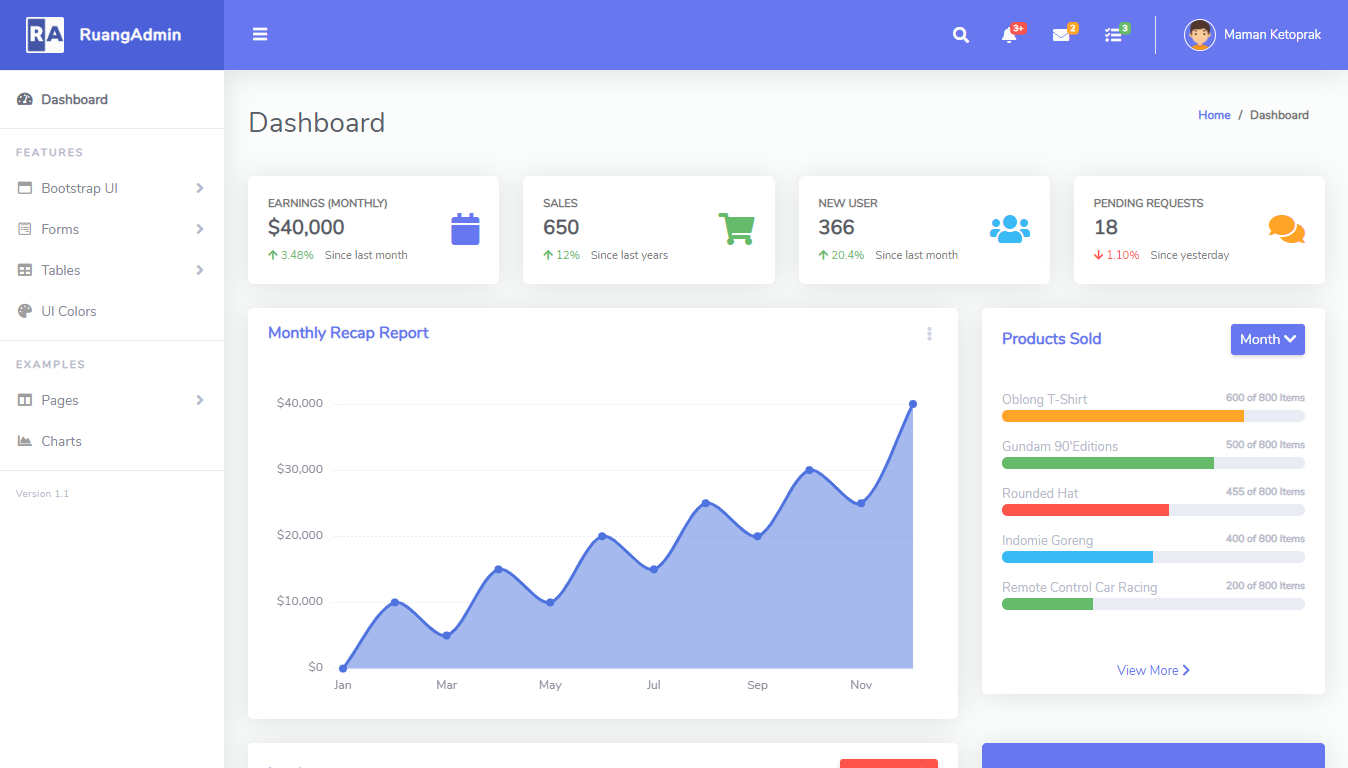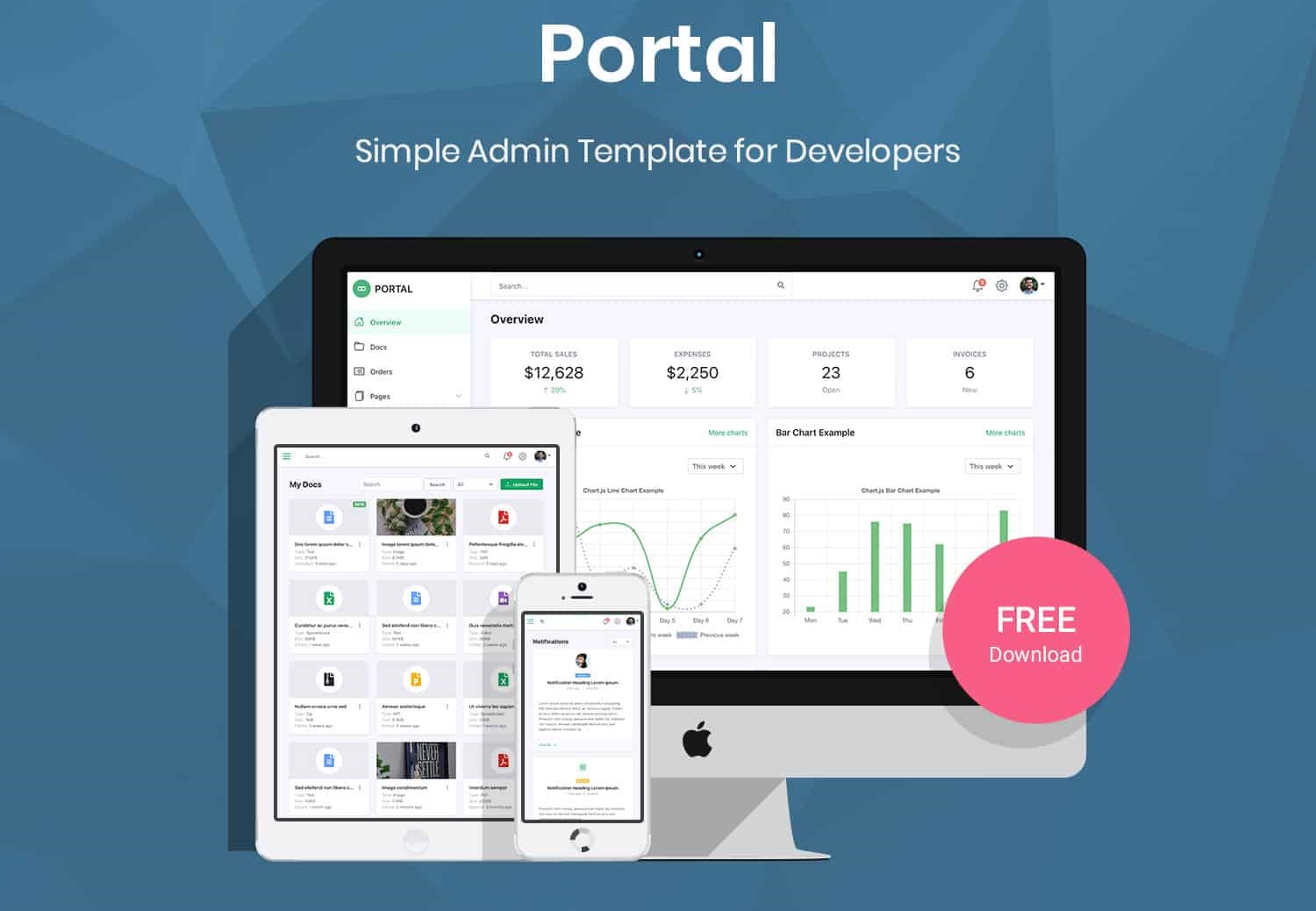How to check net framework version
By Tan Lee Published on Jan 20, 2025 729
How to check .NET Framework version in registry editor?
Press Win + R, type regedit, and press Enter, then Navigate to the following key:
HKEY_LOCAL_MACHINE\SOFTWARE\Microsoft\NET Framework Setup\NDP
Expand the NDP key and look for subkeys like v4 or v3.5
The installed version of .NET Framework (4.5 and later) can be found in the registry under HKEY_LOCAL_MACHINE\SOFTWARE\Microsoft\NET Framework Setup\NDP\v4\Full. If the Full subkey is absent, it indicates that .NET Framework 4.5 or higher is not installed.
How to check NET Framework version using CMD?
To use this method, open the Windows Command Prompt as an administrator and type the following command:
reg query "HKLM\SOFTWARE\Microsoft\Net Framework Setup\NDP" /s
This will display all installed .NET Framework versions.
To check a specific version, such as .NET Framework 4.x, execute this command:
reg query "HKLM\SOFTWARE\Microsoft\Net Framework Setup\NDP\v4" /s
How to check if .NET Framework 4.8 is installed or not?
To Verify .NET Framework 4.8:
Open the Run dialog by selecting Run from the Start Menu or pressing
Win + R.Type
regedt32and click OK to open the Registry Editor.Navigate to the following path:
HKEY_LOCAL_MACHINE\SOFTWARE\Microsoft\.NET Framework\Setup\NDP\v4\FullCheck the value of the
Releasekey: Ensure you are checking thev4folder. Do not check thev4.0folder.- If the
Releasenumber is 528049 or higher, .NET Framework 4.8 is installed. - If the
Releasenumber is lower or theFullfolder is missing, .NET Framework 4.8 is not installed.
- If the
How to check if net framework 3.5 is installed?
- Click the Start button in the bottom-left corner of the screen.
- Hover over Administrative Tools and select Server Manager.
- In the Server Manager interface, click Features to display all installed features in the right pane.
- Verify that .NET Framework 3.5.1 is listed.
Using a .NET Application
You can create a small application to detect the .NET Framework version programmatically:
using System;
class Program
{
static void Main()
{
Console.WriteLine("Version: " + Environment.Version);
}
}How to check .NET Framework version in PowerShell?
In the PowerShell command prompt, enter the following commands, pressing ENTER after each one:
Get-ChildItem "HKLM:\SOFTWARE\Microsoft\NET Framework Setup\NDP" -Recurse |
Get-ItemProperty -Name Version, Release -ErrorAction SilentlyContinue |
Where-Object { $_.PSChildName -match '^(v|[0-9])' } |
Select-Object PSChildName, Version, ReleaseHow to check .net core version in cmd?
For example, how to identify the versions of .NET Core installed on your Windows machine.
1. Detecting the .NET Core SDK in Use
Open Command Prompt and enter the following command:
dotnet --version
2. Detecting Installed .NET Core Runtimes
dotnet --list-runtimes
3. Detecting Installed .NET Core SDKs
dotnet --list-sdks
Where to find the .NET Framework on Windows 10?
For example, How to Check .NET Version Using File Explorer
To check the .NET Framework version on Windows 10 using File Explorer, follow these steps:
Open File Explorer.
Navigate to the following path:
C:\Windows\Microsoft.NET\FrameworkOpen the folder corresponding to the latest version (e.g.,
v4.0.30319).Right-click any
.dllfile and select Properties.Go to the Details tab.
Under the Product version section, you will find the .NET version (e.g., 4.8.4084.0).
What is the difference between .NET core and .NET Framework?
The .NET Framework is used for building web apps, desktop apps, and web services, but it is exclusive to the Windows operating system. In contrast, .NET Core is designed for developing cross-platform cloud apps that can run on Windows, Mac, and Linux.
Can you have multiple .NET frameworks installed?
The .NET Framework and .NET runtime are built to be side-by-side compatible, allowing multiple versions of the .NET runtime to be installed on the same machine without causing conflicts with each other or with applications developed on different versions.
- How to Initialize TagHelpers in ASP.NET Core with Shared Data
- Essential Tips for Securing Your ASP.NET Website
- Top Security Best Practices for ASP.NET
- Boost Your ASP.NET Core Website Performance with .NET Profiler
- The name 'Session' does not exist in the current context
- Implementing Two-Factor Authentication with Google Authenticator in ASP.NET Core
- How to add class to tr using jQuery datatable
- How to securely reverse-proxy ASP.NET Core





